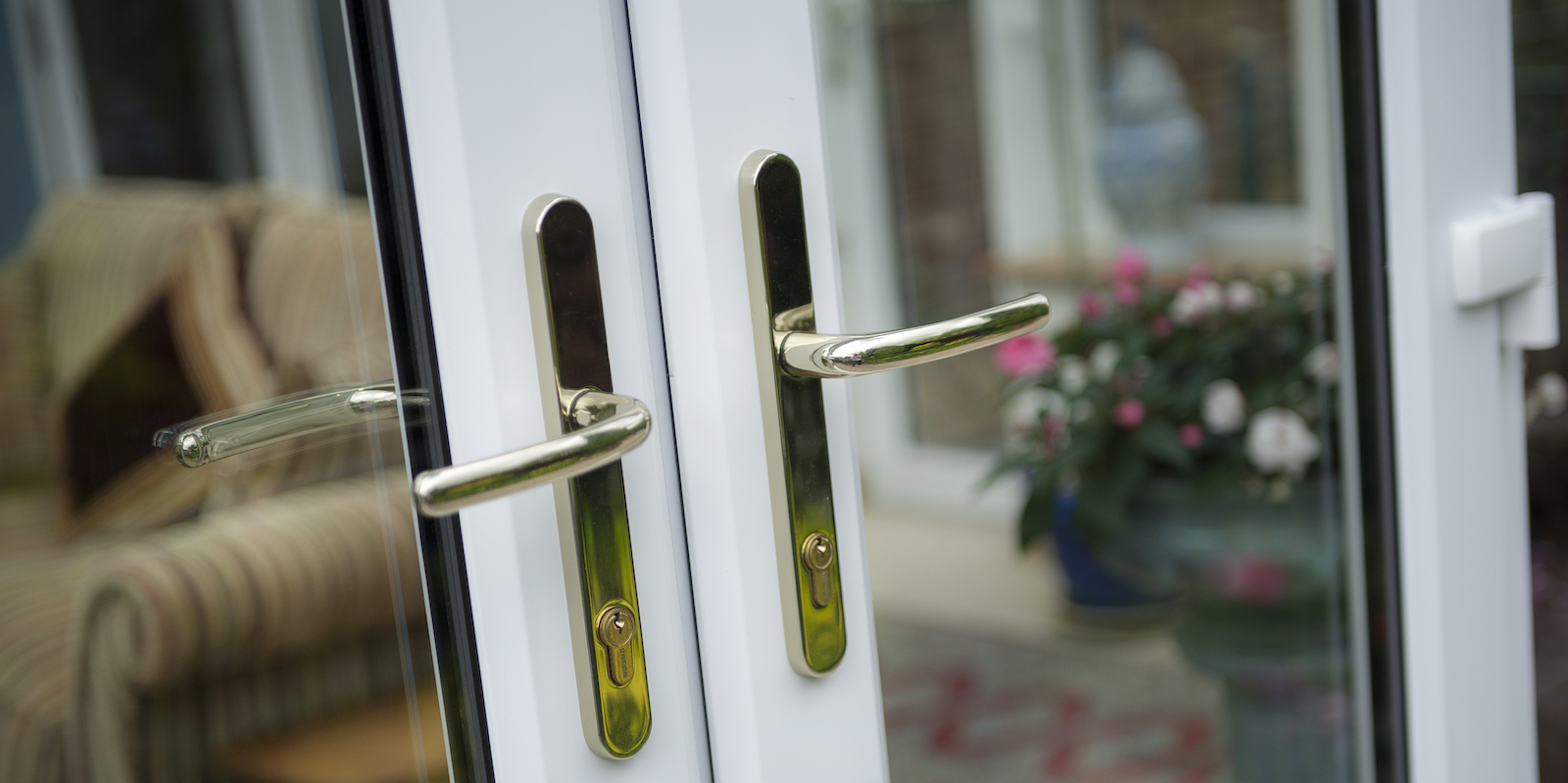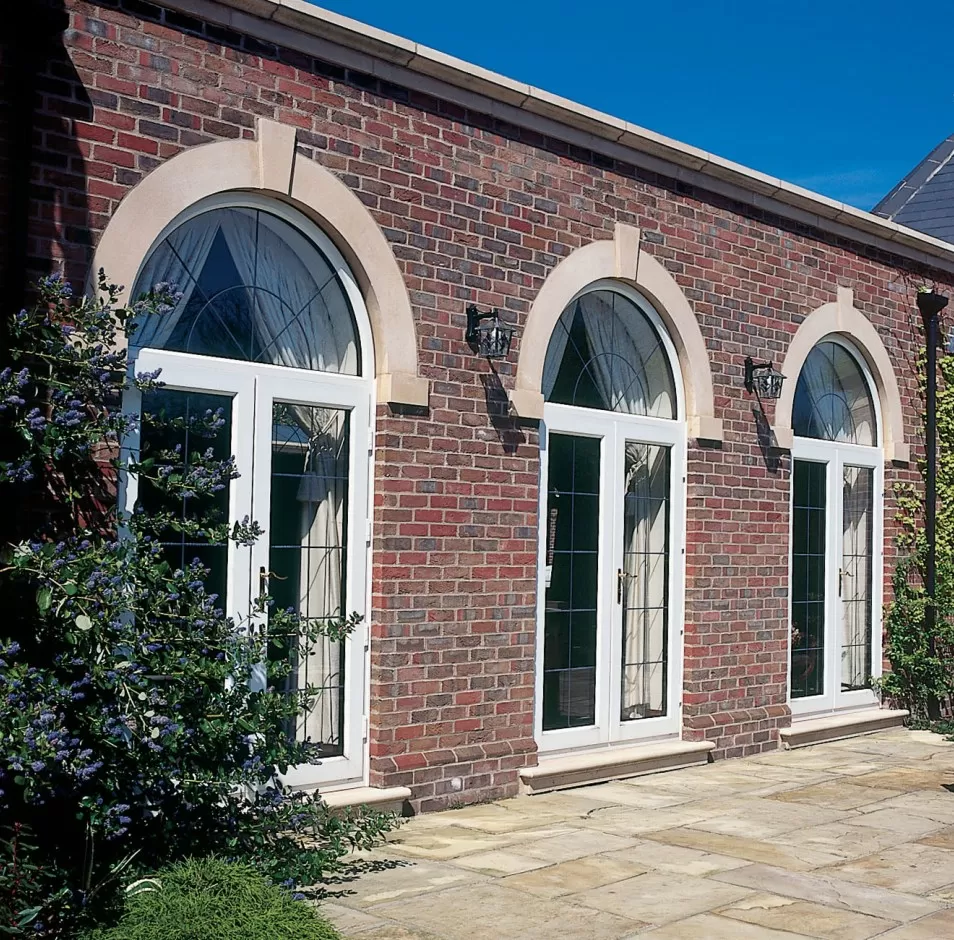5 Killer Quora Answers On French Door Frame Repair
페이지 정보

본문
 How to Repair a French Door Frame
How to Repair a French Door Framefrench door frame Repair door frames are popular in the field of home design. They come in a variety of styles including real-divided lites as well as simulated divided lites.
Damage from moisture can cause wood to shrink and expand. This can cause doors to stick or stop them from latching properly.
This problem can often be solved by tightening the hinge screws, or adding shims in order to increase the jamb's width.
Hinges
Frames and doors can be damaged as they are subjected to a lot wear and tear. Cosmetic damage such as dents and gouges are relatively simple to repair, however structural damage may require removing and re-installing sections of the frame. This is usually best left to a professional unless you have previous experience in carpentry or are able to find someone else to complete it for you.
French doors may have issues opening and closing due to misalignment or wear and tear. These can be caused by either the hinges themselves or poor installation. For the hinges you should try tightening them, particularly in the event that they've been loose for a long time. This will make it easier cost to replace french doors open and close the door.
You can also apply silicone to the hinges to help them move. If this isn't working, try removing the hinge pin and then using a shim that has been cut to take up extra space. Then you can re-attach the hinges to the door frame with new screws that are longer than the original ones.
Another common problem is that the latch is locked, so you'll be able to lubricate the latch with some silicone spray or remove it completely and scrub the area around the latch and the latch hole using wire brushes. You can also reposition the latch by loosening it using a wrench and then putting it back into its original position.
It is recommended to apply DPC strips to the rough opening and the frame before you try to make the door wider. This will prevent moisture from penetrating the frame and causing damage to the brickwork of your home.
Certain doors may also be difficult to open because of a misalignment between the latch and the hinges or the latch might just be installed incorrectly. This is a good opportunity to think about replacing window with french doors uk the latch and reinstalling it properly. This will not only resolve the issue, but will prevent future issues with the latch.
Jambs
The jamb on the door is the horizontal portion of the frame on which a door is secured. It is crucial to the structural integrity and ensures that your door hangs properly so that it can be opened and closed smoothly. The door jambs are important for the security and energy efficiency of your house.
If your door jamb has been damaged by rot, you'll need to Replace French Doors With Bifold it. Remove the damaged part of the door jamb. Dry-fit the new timber to ensure it is snugly inserted into the frame opening, and that it runs in the same direction as the existing piece. Avoid using pressure-treated wood as it could warp and twist once it has dried. Use a hammer that has nail sets to attach the new wood to the current jamb. Use wood glue to secure the hammer nail and adhesive at the top and at the bottom to reinforce it.
Once the repair is complete then you can smooth the timber and then cover it with spackling compound to fill any tiny holes or divots. For more severe nicks, dents and gouges, apply epoxy filler which is easy to sand once it is set.
Examine your door jamb to determine the extent of the damage. It is crucial to determine whether the damage is restricted to a small area or if there are multiple rotted areas that need to be replaced.
If the area that is rotten is small, it could be possible to take out any loose wood before applying epoxy wood filler. If the rotted area is larger, you'll need to cut and replace the damaged portion of the door jamb.
You can purchase repair kits for door jambs from most home improvement stores. They come with pre-cut door jamb pieces for an easy and quick solution to your damaged frame. These kits are reasonably priced and come with everything you require to get the job done quickly. You can also purchase a specific kit that has a chemical that will turn the soft wood you have into solid and hard wood, which means you don't have to change the whole frame.
Caulking
First, take off any caulk that is old. You can use a utility knife or scraper to remove the caulk. Once the old caulk has been removed, it's a good idea to wipe the joint or gap using ruby alcohol or an over-the counter disinfecting spray. This will ensure the area is free of dirt, grease and dust that could hinder the caulking project.
A primer may be used to help the caulk stick to the surface, but it is not always required. It is essential to choose the appropriate caulk for the job prior to applying it. When choosing the right caulk, factors such as durability and flexibility as well as resistance to mold and mildew are essential. It is important to select a caulk which is paintable.
After selecting the right caulk, the area must be thoroughly cleaned. You can use a rag, rubbing alcohol, or a cleaning solution you can buy over the counter to clean the area. Once the surface is clean it is a good idea to dry the area. Moisture can inhibit caulking adhesion and can lead to premature failure of the sealant.
Masking tape can then be applied around the joint where the caulk will not show. This will enhance the appearance of the project and guarantee an exact, clean edge. The tip of the tube is then cut at 45 degrees to create the right size opening for the intended application. The caulk is then loaded into the caulking gun and the plunger is used to push the caulk through the tube until ready to be dispensed.
Apply the caulk using a smooth, sweeping motion. Making sure to smooth as you move. Make sure that you fill all the gaps or seam. It is possible to paint the caulk after it has dried completely. You can paint the exterior if you've not already.
Paint
There are a variety of ways to repair the flaking of paint or fading on your French door frames. You can take it off and put it on a pair sawhorses. Be careful not to damage the trim behind the door or on the wall. You can use a hand plane to eliminate any bumps. Then sand and prime it.
You can also match the color of the existing paint. Make sure you apply several thin coats, and allow each to completely dry before applying the next.
 Moisture can cause rot and decay in door frames. Wood fibers absorb and lose water in response to seasonal or daily changes in relative humidity, which causes it to swell or shrink. This motion can cause a swell or even remove the film of paint from the wood, resulting in peeling and blistering.
Moisture can cause rot and decay in door frames. Wood fibers absorb and lose water in response to seasonal or daily changes in relative humidity, which causes it to swell or shrink. This motion can cause a swell or even remove the film of paint from the wood, resulting in peeling and blistering.- 이전글15 Best Pinterest Boards Of All Time About Item Upgrade 24.12.31
- 다음글How To Save Money On Assessment In Mental Health 24.12.31
댓글목록
등록된 댓글이 없습니다.